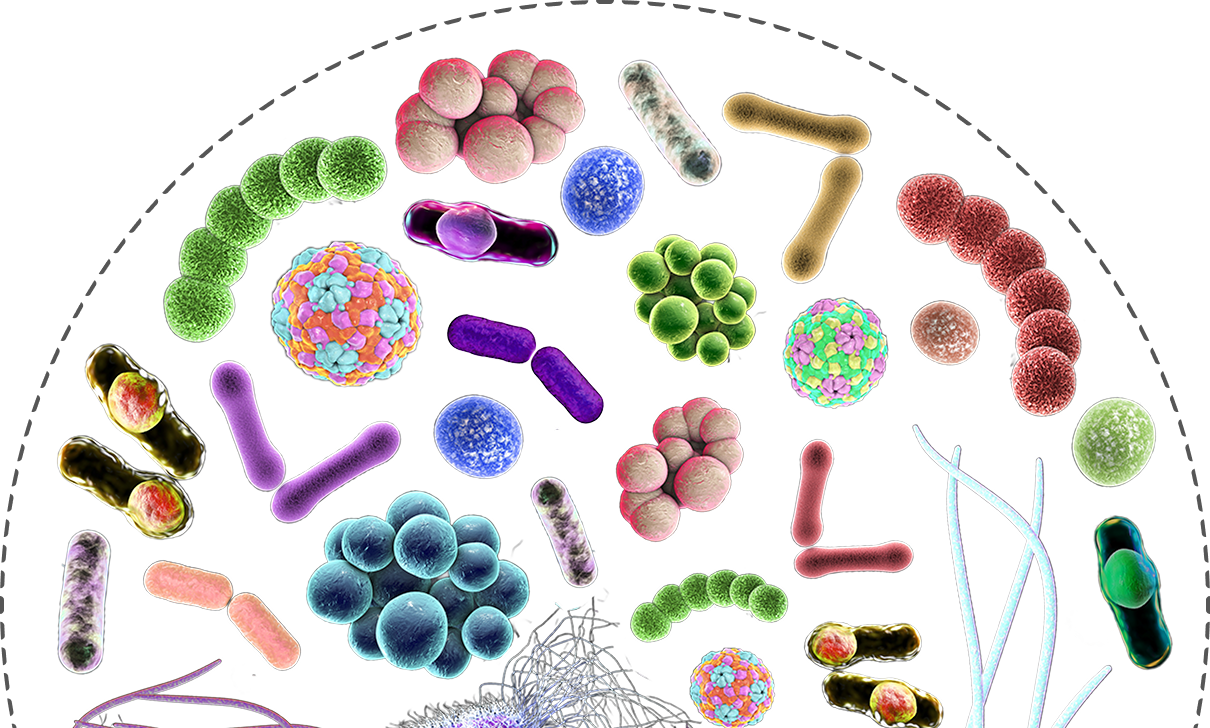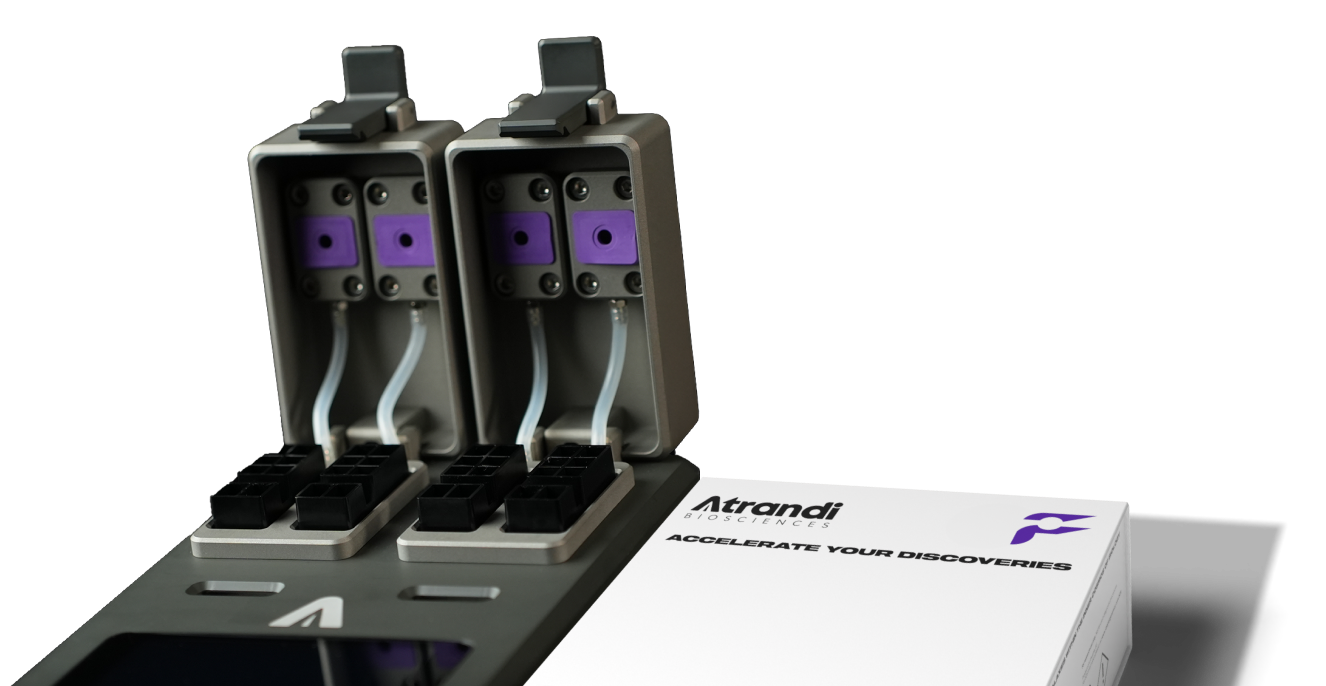
Single-Cell Microbial Genomics Unveil the microbial universe with unprecedented precision and scale

Microbial communities influence critical biological and ecological processes, yet much of their diversity and function remain poorly understood. Methods like 16S rRNA sequencing and shotgun metagenomics provide broad overviews but lack the resolution to characterize individual microbes. High-throughput single-cell microbial genomics bridges this gap, enabling detailed analysis of tens of thousands of cells to uncover their diversity, functions, and evolutionary dynamics.


- Taxonomic resolution: strain-level
- Functional profiling: yes
- Linkage with additional DNA: yes
- De novo assembly: yes (SAGs)
- Absolute quantification: yes
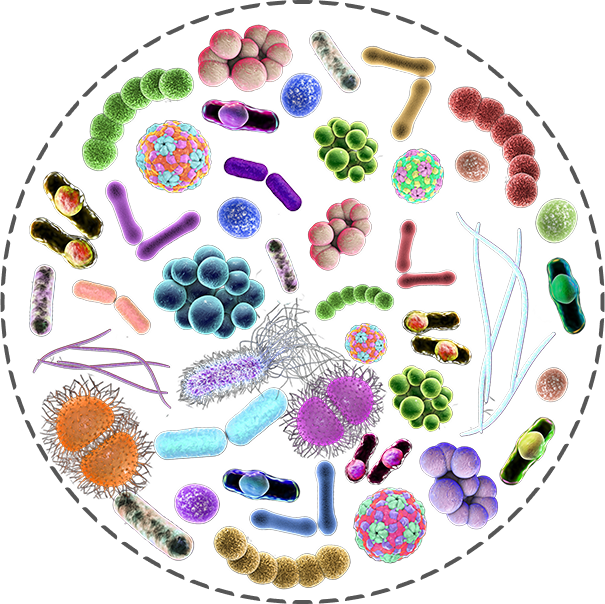


sequencing
- Taxonomic resolution: genus-level
- Functional profiling: no
- Linkage with additional DNA: no
- De novo assembly: no
- Absolute quantification: no

metagenomics
- Taxonomic resolution: species-level
- Functional profiling: yes
- Linkage with additional DNA: no
- De novo assembly: limited (MAGs)
- Absolute quantification: no
OBTAIN HIGH-QUALITY SINGLE AMPLIFIED GENOMES (SAGs) AT SCALE WITH SPCs
Our single-cell microbial genomics solution is library prep agnostic, allowing you to choose your preferred sequencing provider for either short-read or long-read sequencing
SHORT-READ SEQUENCING
Profile microbial diversity and assemble genomes efficiently.
LONG-READ SEQUENCING
Characterize complex genomic regions and repetitive sequences.
PROOF OF CONCEPT
First, we processed well-characterized E. coli and B. subtilis bacteria. Upon sequencing of ~3,000 single-amplified genomes (SAGs), key technical metrics, such as cross-contamination and genome recovery, were measured to evaluate workflow performance. Next, we analyzed an oral microbiome sample, comparing the results of SAG sequencing to in silico-constructed metagenomes.
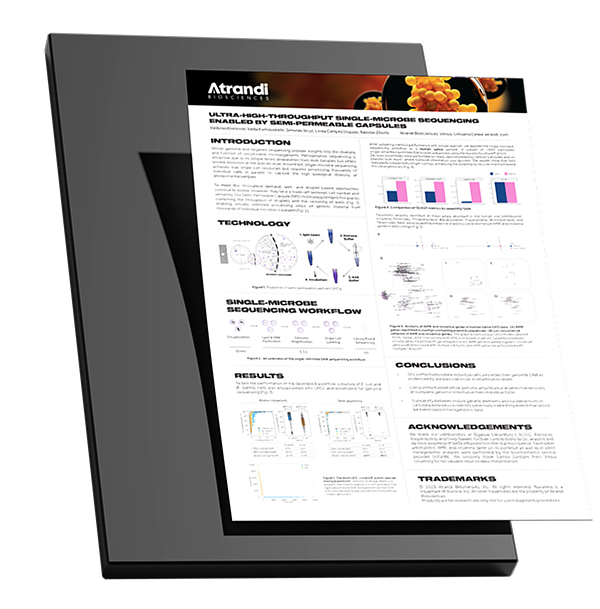
- Excellent genome retention in semi-permeable capsules.
- >90% genome recovery per SAG at sequencing depths below 10x.
- Co-occurrence of AMR and virulence genes preserved and linked to the host in SAG data.
- SAG assemblies produced longer contigs than corresponding in silico MAGs.
Download Scientific PosterBENCHMARKING
We sequenced ~10,000 SAGs prepared from a commercially available microbial community standard consisting of bacterial cells with varying characteristics, such as Gram stain, GC content, and genome size. The single-cell approach was benchmarked against shotgun metagenomics.
ENVIRONMENTAL SAMPLES
We compared the results of sequencing ~1,500 SAGs prepared from soil and aquatic samples to matched bulk metagenomic datasets. To account for differences arising from the cell lysis method, metagenomic libraries were prepared using both standard bead beating and chemical lysis methods.
Get Notified FirstApplications

MICROBIOME PROFILING
Identify microbial strains within complex communities at high throughput for accurate insights into microbiome composition and functions.

MICROBIAL DARK MATTER DISCOVERY
Uncover hidden microbial diversity and functional potential by assembling genomes of uncultivated microbes de novo.

VIRULENCE & RESISTANCE
Identify microbial strains within complex communities at high throughput for accurate insights into microbiome composition and functions.

VIROLOGY
Perform de novo viral genome assembly in environmental samples and link viruses to hosts to uncover ecological dynamics and interactions.
EXTRACHROMOSOMAL DNA LINKAGE
SPC technology captures both chromosomal and extrachromosomal DNA by tagging them with the same barcode during the barcoding process.
Linking mobile genetic elements identifies horizontal gene transfer events, while associations with viruses reveal viral-host interactions. Additionally, linking genomes of co-occurring microorganisms offer valuable insights into microbial community dynamics.

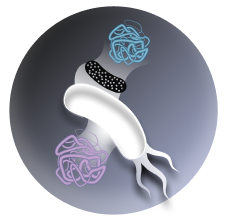
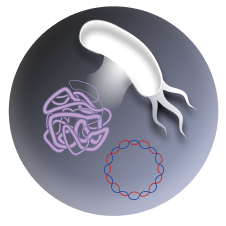
Targeted Sequencing
Single-cell whole-genome sequencing offers comprehensive insights, but many biological questions can be effectively addressed by analyzing specific genes. Targeted sequencing provides a cost-effective approach to uncover gene co-occurrence, interactions, and functional linkages. This method is particularly useful for linking traits, such as antimicrobial resistance, to taxonomic information (via phylogenetic marker genes).
Barcode amplified genes of interest to analyze co-occurrence quantitatively
- 100s of targets possible
- Digital analysis
- Moderate cost
- Link genes to microbes at genus/species level
Skip barcoding and analyze gene co-occurrence qualitatively
- Up to 10 targets
- Qualitative
- Cost efficient
- Link genes to microbes at genus/species level
Capture genes of interest and link them to single-cell genomes for comprehensive insights
- 100s of targets possible
- Digital analysis
- Higher cost
- Link genes to individual microbes (strain-level)
